Enjoy this delicious pie crust recipe. Plus, use the recipe to choose your own filling for a perfect dessert. Also, if you are gluten intolerant, consider my coconut flour pie crust recipe instead!
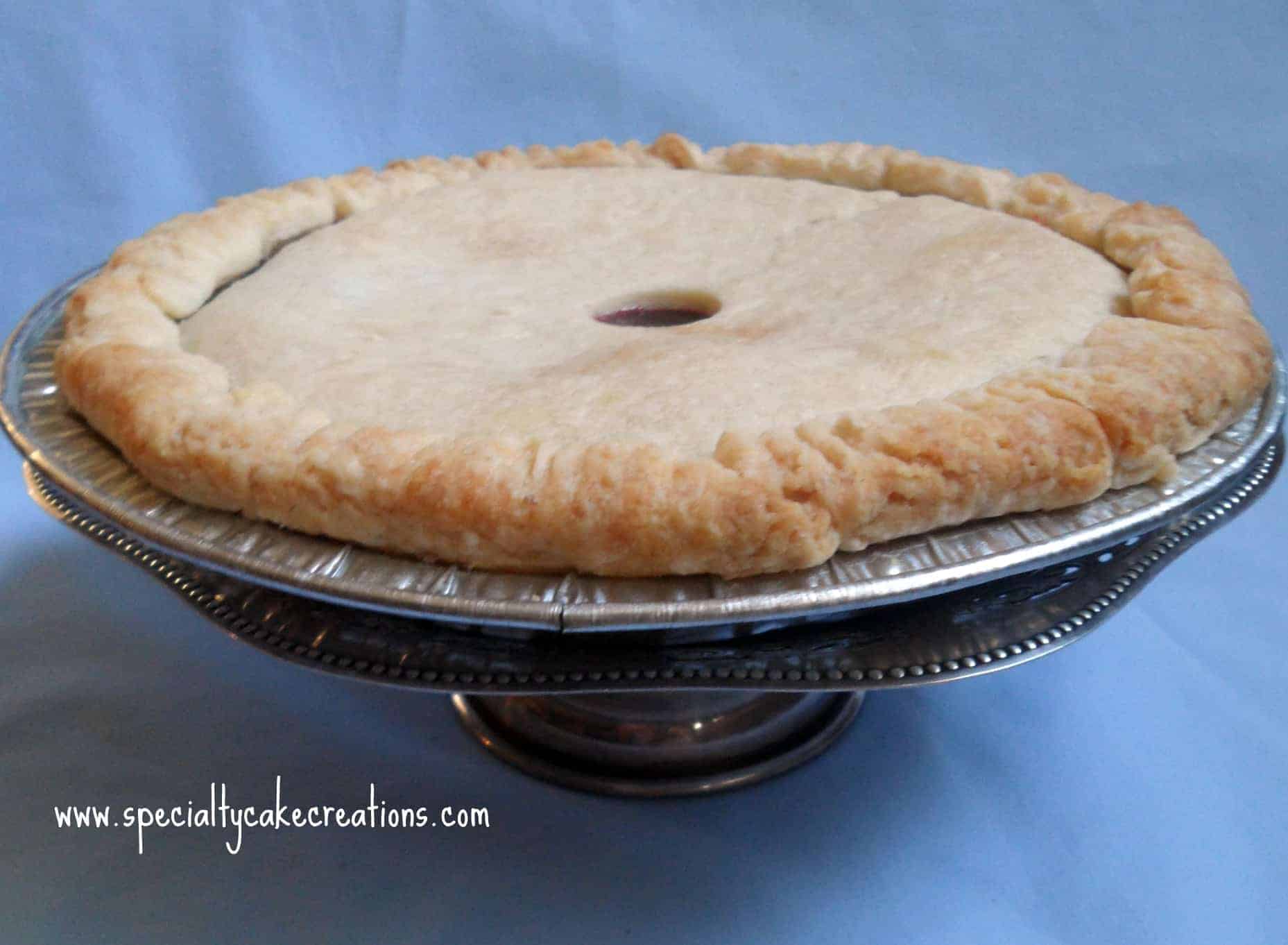
I am hands down, the kind of baker that prefers cakes to pies. Coming from Germany, the concept of a “pie,” was new to me and as a baking idea, I have only come to become acquainted with it in the last four years. In those four years, I’ll be honest, I’ve had my fair share of attempts! From store-bought pie shells to creating homemade ones to uncooked fruit fillings, home-cooked fillings, and even canned fillings.
While passing pies in the grocery store or bakery, they all look so perfect and they give an illusion that baking a pie from scratch is an easy feat!
Constructing and baking a pie truly is a special and delicate process. Like I said, I have experimented a lot in the past with different types of ingredients and I am just now finding a little success in the field of pie baking. I am amazed at those who have the delicate hand to create an entire, perfect pie completely from scratch!
While I’ve learned to appreciate the taste of a homemade crust over a store-bought one (despite the extra work it might require), I have also come to realize that canned fillings are definitely my favorite. Canned fillings honestly just have the perfect combination of fruit and sugar and a pie with canned pie filling just tastes impeccable.
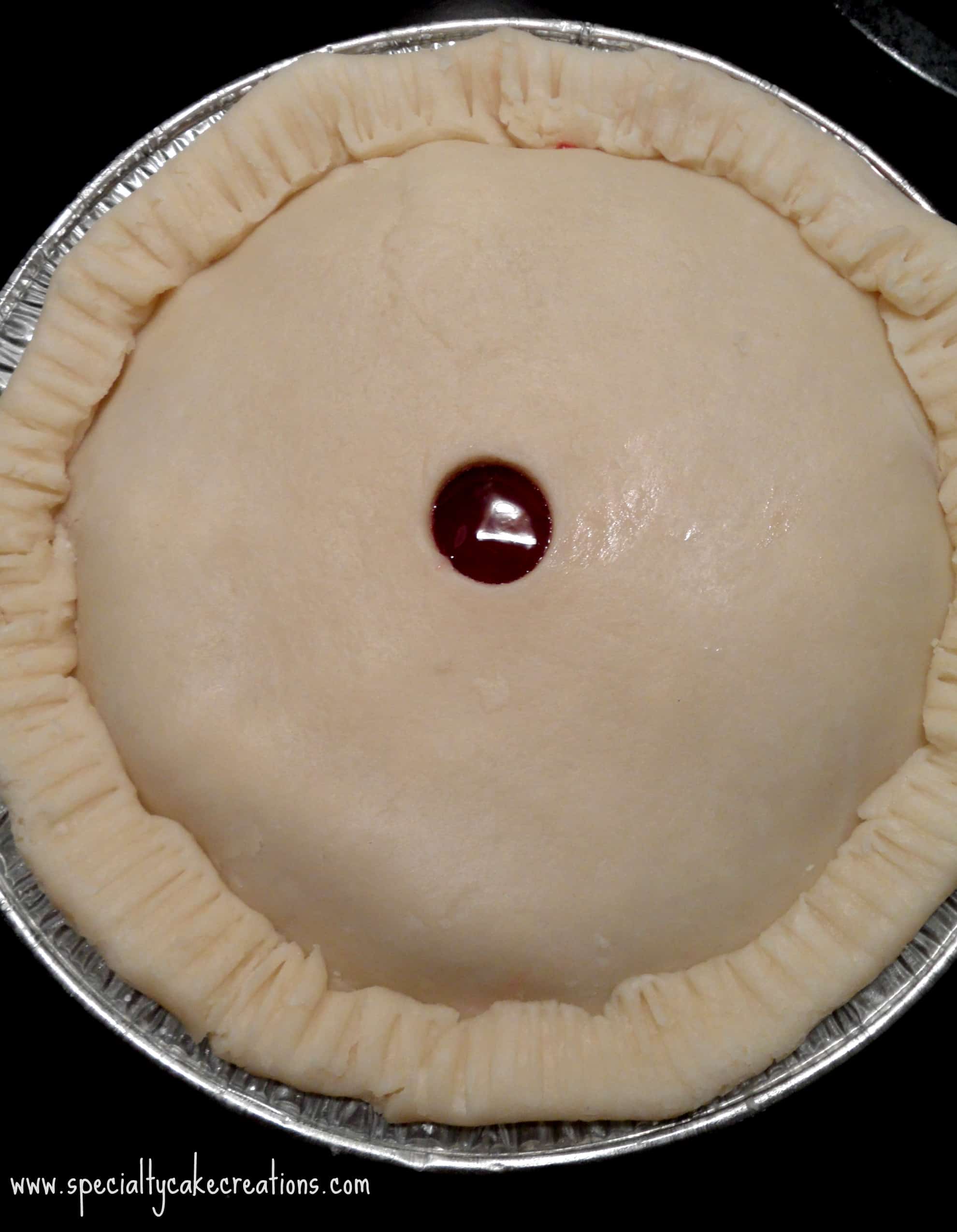
Finding the Right Filling to Pie Balance
I still can’t quite seem to get the right filling consistency when making pies myself, mainly resulting in oozing fruit liquids or fillings that run out of the shell as soon as the pie is cut. When I use canned pie filling, however, the consistency does seem to be a little more controlled.
So, here is my latest pie attempt. A homemade crust with canned strawberry rhubarb filling! Of course, the homemade crust does take a little more commitment, planning and time but it’s well worth it in the end! Thankfully, the rhubarb and strawberry pie filling can simply be purchased at the store and are, therefore, effortless!
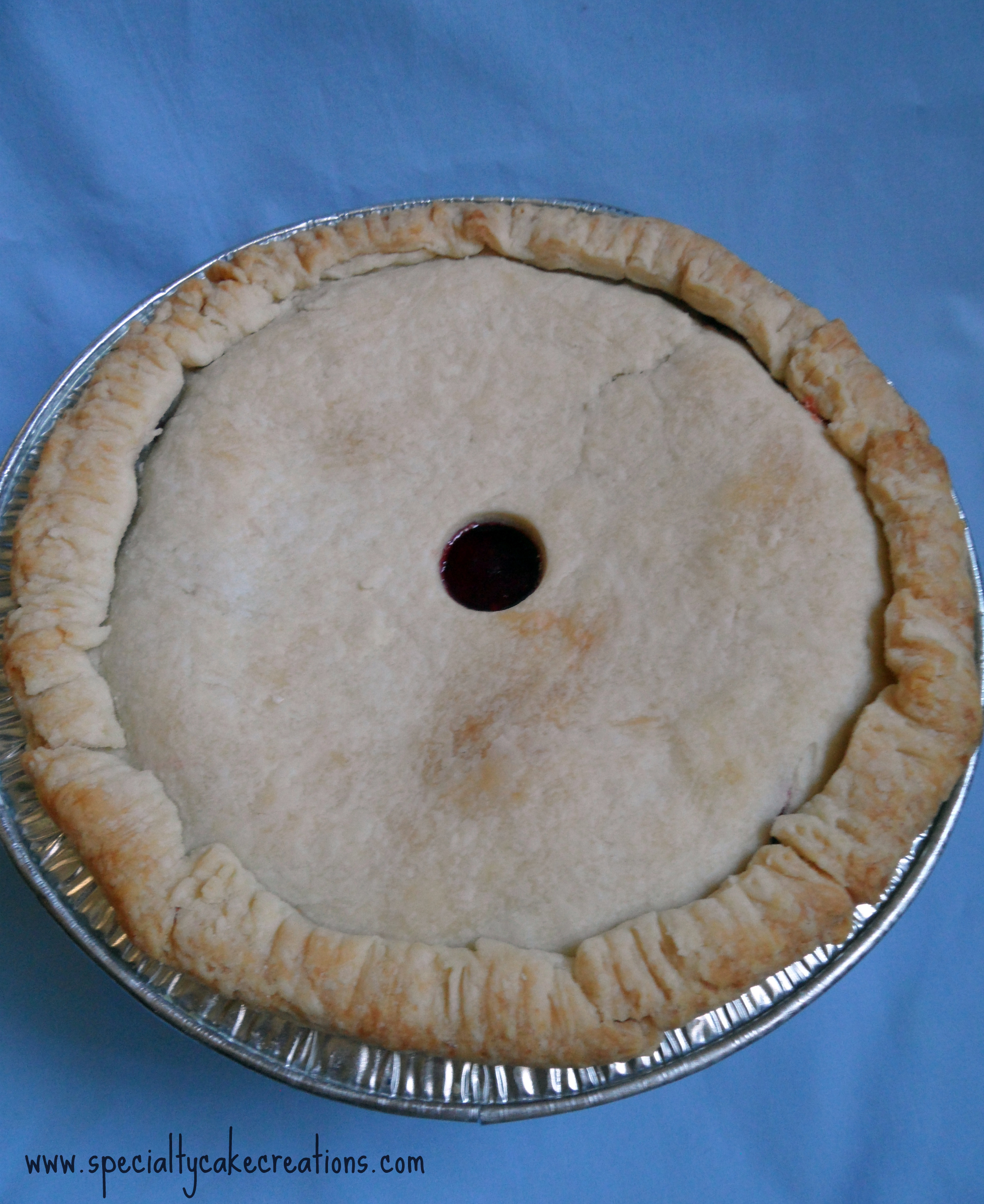
My favorite thing about the combination of the homemade crust and canned filling is that the homemade crust is soft and just the right amount of crumbly. The canned filling, on the other hand, is sweet and thick with fruit!
I also greatly enjoy the blend of rhubarb and strawberries together. The rhubarb is a little bit tart and a little bit sour, whereas the strawberries are sweet and soft.
This one is not yet baked.
Recipe
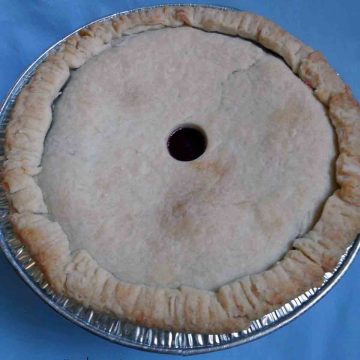
Pie Crust with Filling Recipe
Ingredients
- ¾ cup vegetable shortening for more natural flavor I replaced half with butter
- 2 ¼ cups all-purpose flour
- ¾ teaspoon salt
- ¾ cup cold water I put ice cubes in the water glass
Instructions
- Place shortening (and butter), flour, and salt in a mixing bowl. With a fork, or pastry blender if you have, work together the ingredients to a crumbly mixture. One tablespoon at a time use only as much water as needed to keep together. Cover and place in fridge for at least half an hour.
- Roll out ⅔ of the dough about ½ inch larger than the rim of the pan. Place the filling into the shell.
- Roll out last third into a 9" circle (diameter of the pan). Cut out a hole in the middle, this will allow steam from the filling to escape during the baking process. Place onto the filling, fold over excess from the first crust and seal with a fork.
- Since my filling was already cooked, the pie only had to bake until the filling was heated and the crust golden brown. This can be achieved at higher heat (400F) for about half an hour. It will depend on your filling, so keep an eye on your crust.
- Enjoy (preferably warm) with a scoop of ice-cream or whipped topping!
Pin Pie Crust with Filling Recipe tutorial for later?
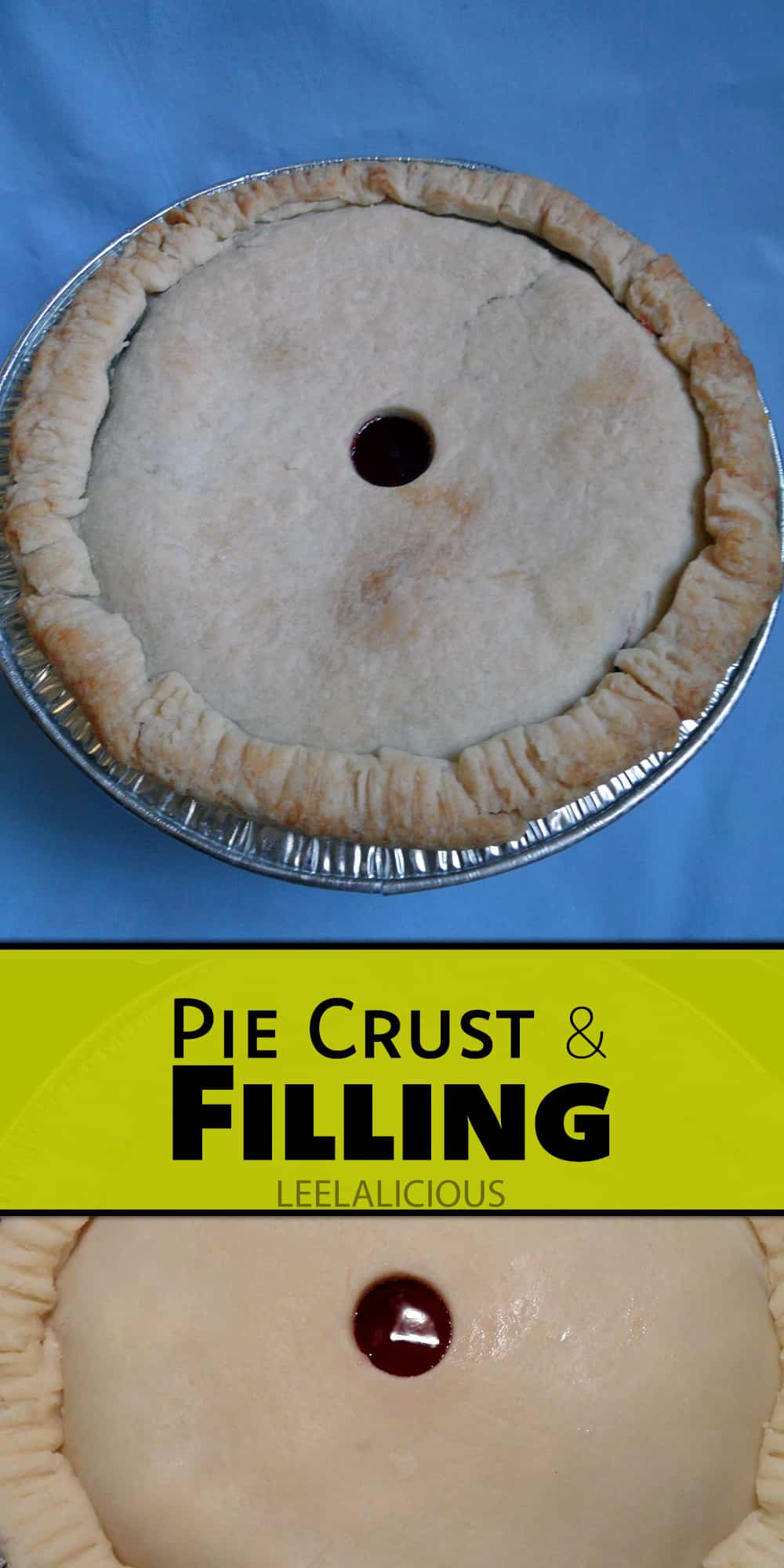
What do you think? I'd love to read your thoughts!
Frequently Asked Questions
Creating a perfect pie crust requires attention to detail. The secret lies in using chilled fats (either butter or shortening), ice-cold water, and handling the dough delicately. Avoid overmixing, and remember to let the dough chill before rolling it out.
Achieving the ideal pie crust often involves a blend of both butter and shortening. Butter imparts a rich flavor, while shortening contributes to a flaky texture. Many bakers prefer this combination to strike a balance.
While the I didn't specify the type of flour for the conventional pie crust, all-purpose flour is commonly used for traditional pie crusts. However, there are variations like the coconut flour pie crust for those with gluten intolerance.
It's a good practice to partially bake, known as blind baking, the pie crust before adding specific fillings, especially those with a lot of moisture. This prevents a soggy bottom crust. Nevertheless, the necessity of blind baking may depend on your particular pie recipe, so always refer to the instructions provided.


Konrad Braun
Rhubarb pie. YES!